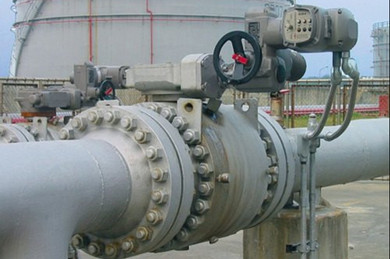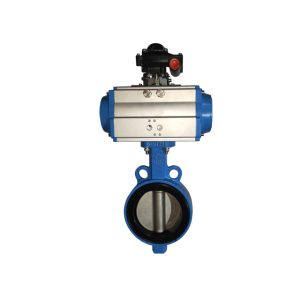Table of Contents
ToggleControl valves are used to vary the flow of gas or liquid. They have several advantages. The most reliable are the pneumatic actuators, which receive a signal from a controller and move to a specific position when the signal is received. The drawback is that pneumatic actuators tend to fail if the control signal is lost. For these reasons, they are used in processes that require precision flow control.
Gate valves are used in many types of applications, including those with high fluid volumes and corrosive materials. Gate valves are generally not appropriate for such applications. They should be used when the service is clean, and they do not have a high amount of pressure. Butterfly valves are often recommended for low-pressure services and for valves 4 inches (100 mm) and above. However, they may be clogged with debris.
What Is a Control Valve?
What is a control valve? Quite simply, it’s a valve that controls the amount of fluid that flows through it. It varies the size of its flow passage according to a signal sent by a controller. This allows it to control process quantities or flow rates directly. Its use in the manufacturing process is widely varied, from pharmaceuticals to chemicals. Here are some of the ways it can help you.
A control valve varies the flow of gas or liquid. It can be either rotary or linear. These types are designed to respond to tiny variations in a signal sent by a transmitter or computer. Most control valves have a pneumatic actuating device, either a spring-opposed diaphragm or a piston. They are a great option for many applications. Moreover, they are available in many different materials and can be used in harsh environments.
What Are the Three Types of Control Valves?
There are three basic types of valves. Linear motion, ball, and Globe valves are three examples of linear motion valves. Each has a different purpose and mechanism for controlling flow. The control mechanism of each valve depends on the type of closure element, its position, and the situation that requires the valve to be in. Linear motion valves use a closure device that moves in a straight line, such as a disc or a flexible slat. Because linear motion valves use a linear motion to close the valve, they tend to be more accurate and slow in operation.
- Globe valves
There are three types of globe valves: ball, butterfly, and check. Depending on the application, each type can handle different temperatures. In some cases, they require shutoff that meets ASME class II or class IV requirements. The optimum temperature range for a globe valve varies depending on the material used to make it. In general, temperature ranges from -425°F to 1100°F.
- Linear motion valves
The global Linear Motion Control Valves market is highly competitive and fragmented. Several established players have adopted various strategies to increase their share. This report profiles the vendors operating in the market based on price, quality, brand, and product differentiation. The report also covers the market dynamics, including revenue, market size, production volume, and consumption. The report also provides data that can help decision-makers make informed decisions. The report also includes contributions from leading players in the industry.
- Ball valves
There are many different kinds of control valves, each with a specific purpose. Some are self-actuating, while others are manually operated. Some are powered by electricity or pneumatics. The other two types are manually operated or have actuators that use air. A variety of materials are used to make these valves, from metal to non-metals. The three types can work to control flow in a given application.










